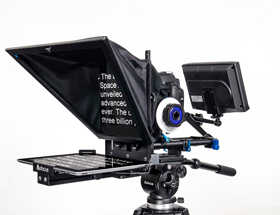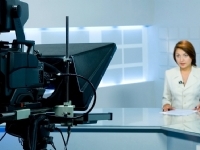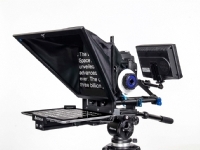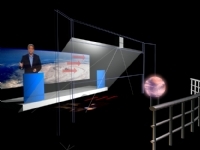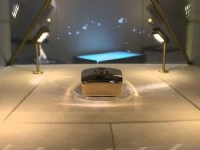PRODUCTS
Beam Splitter Mirror
General Info
Flexibility and versatility form an unbeatable partnership.Beamsplitter glass unites two optical phenomena: reflection and transmission. The color-neutral and low-absorption separation of light is used particularly in technical applications and has set milestones in the history of television making equipment such as teleprompters possible.
Beamsplitter glass also plays a key role in the manufacture of laser equipment, measuring instruments as well as driving and flight simulators.
Whether you choose a light transmission level of 70% or our 50/50 option, thanks to its dual effect, beamsplitter glass opens up a host of design options for you, both in terms of exterior architecture and interior design. One example is in the use of information displays and screens which attract to themselves when switched on, but which disappear behind a reflective surface when not in use.
These special characteristics make beamsplitter glass the perfect base material for transformable room settings.
See both sides of the story – with a little light magic.
Your particular application dictates whether you choose beamsplitter glass with 70% light transmission and 30% reflection, or our 50% option. Every single variant of our beamsplitter glass has an optical thin-film coating on one side that reflects and transmits light waves that fall upon it at a specific ratio. You can choose from monolithic glass, laminated glass or toughened/tempered glass as the core material. To prevent ghosting, you can also choose to have a single-sided LUXAR® anti-reflective coating on the opposite side of all our beamsplitter glass sheets.
The advantages of beamsplitter glass at a glance:
» Dual view: reflection and transmission of light
» Two degrees of light transmission and reflection available
» True-to-source color of both reflected and transmitted light
» Versatile design material, both for interior and exterior applications
» Coatings offer high durability and abrasion resistance in accordance with ISO standards
» Weatherproof and extremely low levels of absorption
» Supplied with protective film
» Dual view: reflection and transmission of light
» Two degrees of light transmission and reflection available
» True-to-source color of both reflected and transmitted light
» Versatile design material, both for interior and exterior applications
» Coatings offer high durability and abrasion resistance in accordance with ISO standards
» Weatherproof and extremely low levels of absorption
» Supplied with protective film
